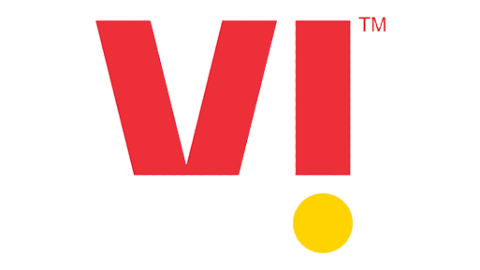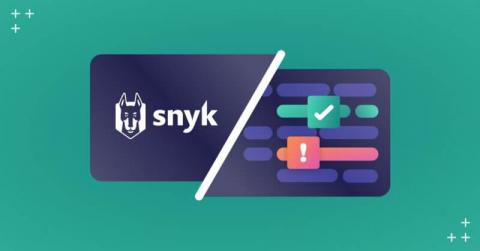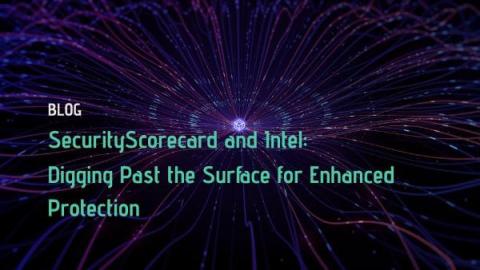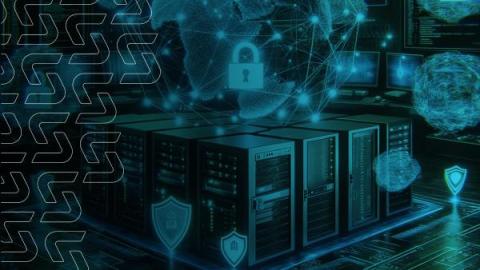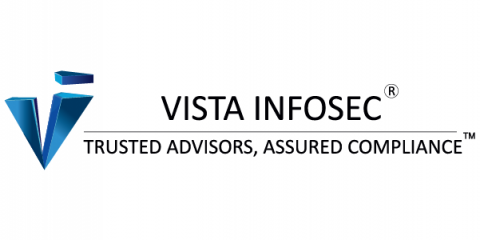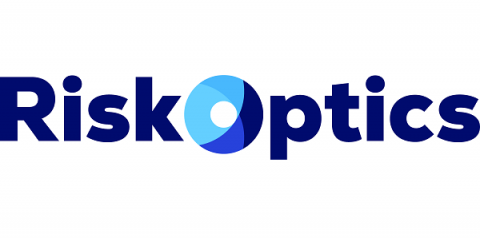Network Security Configure Encryption Types Allowed for Kerberos
The ability to authenticate securely over an unsecure network is paramount in safeguarding sensitive information and maintaining trust in digital interactions. In an era where communication often occurs over public networks like the internet, ensuring the authenticity of users and data is critical to prevent unauthorized access and data breaches. Kerberos is a Windows security network authentication protocol that allows users and services to securely authenticate over a non-secure network.



